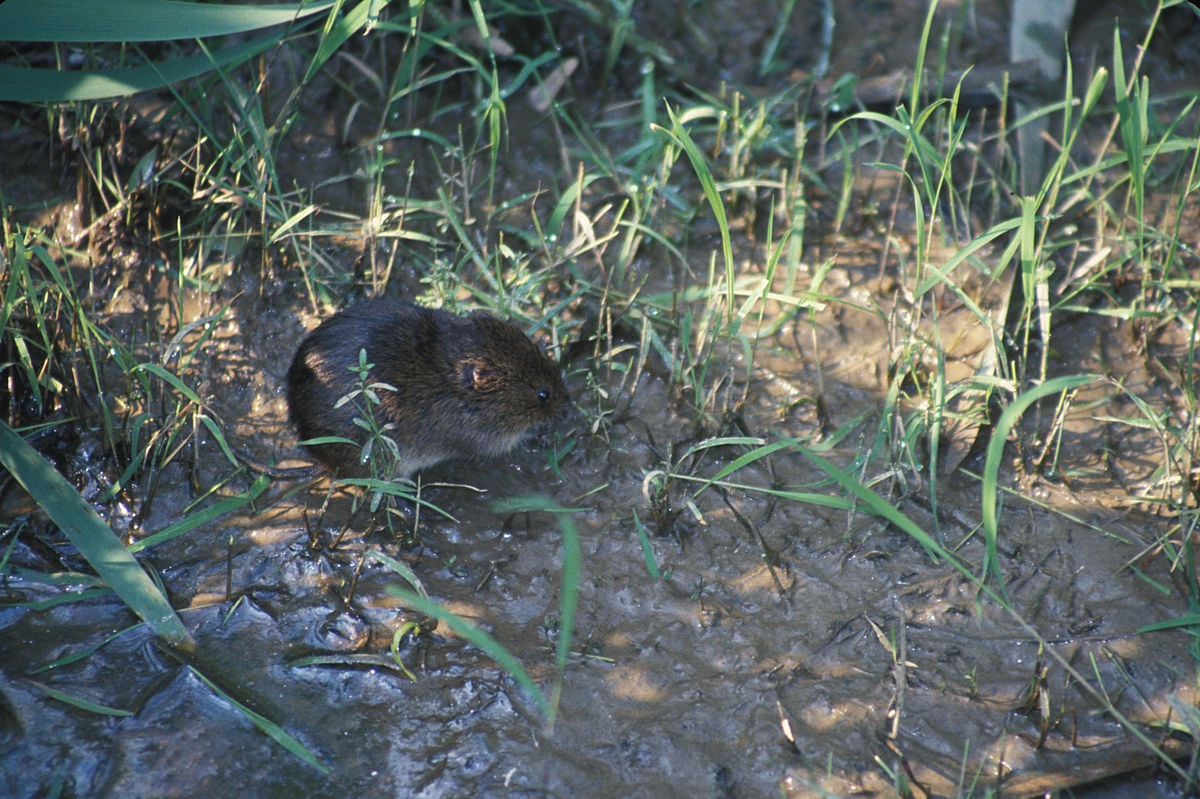Vole Control Tips to Maintain Your Yard and Gardens
Vole Control Tips to Maintain Your Yard and Gardens
Blog Article
Vole Bug Control Demystified: A Total Introduction of Infestation Discovery and Reliable Treatment Techniques
From subtle indications of infestation to the execution of targeted control measures, browsing the realm of vole parasite control demands a blend of expertise and critical activity. In this extensive introduction, we will check out the subtleties of vole infestation detection and delve into the world of effective therapy methods that can guard your spaces from these underground problems.
Recognizing Vole Behavior Patterns
Comprehending the intricate behavior patterns of voles is important for successfully implementing bug control actions in farming and residential settings. Voles, tiny rodents that appear like computer mice yet with stouter bodies, are notorious for their rapid recreation rates and ravenous cravings for plants. By diving into their habits patterns, bug control specialists can obtain important understandings into vole preferences, susceptabilities, and behaviors.
Voles are mostly herbivores, eating a large range of plants, roots, origins, and light bulbs. They are likewise prolific tunnelers, creating intricate underground burrow systems for nesting and foraging. By comprehending these behaviors, pest control specialists can tactically place traps and bait stations along vole paths and entrance points, boosting the probability of effective eradication.
Moreover, expertise of vole behavior patterns can aid in developing safety nets to prevent future problems. By resolving factors that attract voles, such as dense greenery cover and easily obtainable food resources, residential property owners can make their premises much less welcoming to these devastating pests - vole yard damage. In verdict, a comprehensive understanding of vole habits is vital in developing lasting and efficient insect control strategies
Identifying Indicators of Vole Problem
Reliable vole insect control starts with immediately acknowledging the telltale indicators of vole infestation on residential properties. One of one of the most usual indicators of vole presence is the presence of surface area runways. These runways are slim paths via turf or greenery that voles create as they take a trip between their burrows and food resources. In addition, vole droppings are another clear sign of infestation. Vole droppings are small, round pellets that are frequently found along their paths or near their burrows.
In addition to runways and droppings, gnaw marks on tree bark and vegetation are additionally signs of vole activity. The visibility of burrow openings in the ground indicates an energetic vole populace.
Being alert for these indications can help property proprietors spot vole invasions early and take appropriate bug control actions to avoid more damage.
Carrying Out Targeted Control Actions
What certain methods can be utilized to efficiently apply targeted control measures for vole pest management on residential properties? Carrying out targeted control steps for vole insect monitoring requires a multi-faceted technique that integrates both avoidance and eradication methods. Among the key techniques is habitat alteration, which entails removing vole-friendly settings such as high turf, weeds, and particles near structures. Mounting barriers like equipment fabric or gravel around yard beds and tree trunks can find more information also aid discourage voles.
Trapping is one more effective technique for regulating vole populations. Live traps can be strategically positioned along vole paths or burrow entryways, baited with peanut butter or apple slices. When caught, voles ought to be humanely removed to a different place to stop reinfestation.
Rodenticides can be made use of as a last resource for serious infestations, but care should be exercised to avoid harm to non-target pets. When using rodenticides for vole control - vole pest control., it is vital to follow all safety and security standards and guidelines.
Environment-friendly and all-natural Remedies
The adoption of environmentally conscious practices can play a critical role in taking care of vole populations without creating damage to the environment. All-natural and environment-friendly remedies supply a sustainable approach to vole insect control, reducing making use of hazardous chemicals and promoting biodiversity in the impacted locations.
One efficient all-natural technique is the use of predator pee or predator decoys. Predators like snakes, foxes, and owls are the vole's all-natural adversaries. By strategically putting killer urine or decoys around the plagued locations, voles might be discouraged from resolving in those areas.
Furthermore, planting vole-resistant vegetation can aid in reducing vole damages. Plants such as daffodils, crown imperials, and use this link Siberian squill are recognized to be unattractive to voles and can act as natural repellents.
Furthermore, developing physical obstacles like cord mesh or gravel around susceptible plants can avoid voles from accessing them. These obstacles can aid safeguard yards and landscapes without posturing any hazard to the setting or various other non-target types. By integrating these all-natural and environment-friendly remedies, vole problems can be handled successfully while maintaining ecological balance.
Long-Term Avoidance Strategies
To sustainably attend to vole problems in time, executing proactive actions is essential for lasting prevention methods. One effective technique for long-term prevention is habitat alteration. visit their website vole control. By reducing thick plants, mulch, and clutter around buildings, you can make your building less attractive to voles. In addition, mounting barriers like fences or below ground cable mesh can assist prevent voles from invading your yard or grass.
Regular tracking of vole task is necessary for very early detection of any indicators of problem. Establishing vole catches can assist in managing their populace before it comes to be a full-on problem. It is additionally essential to seal any kind of entry factors to buildings or frameworks to avoid voles from accessing.

Verdict
To conclude, comprehending vole actions patterns, identifying signs of invasion, implementing targeted control steps, using natural and environmentally friendly remedies, and applying long-term prevention methods are vital steps in effectively handling vole infestations. By being proactive and taking the essential steps to address vole issues immediately, people can efficiently manage and stop vole problems in their buildings.

Report this page